Neuroscience
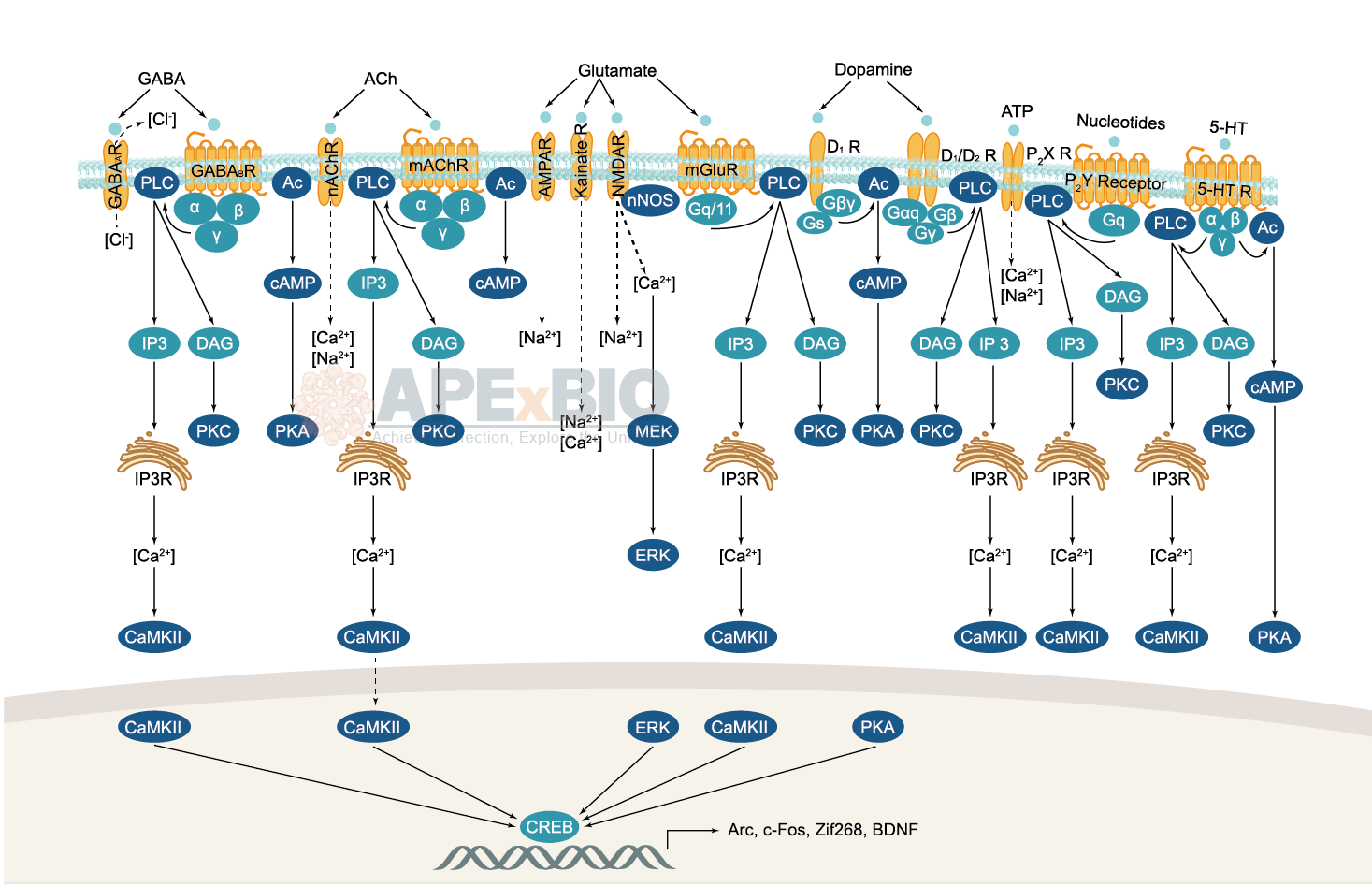
Neurotransmitter receptors function via various G-protein coupled and G-protein independent mechanisms that activate downstream intracellular signaling pathways such as cAMP/PKA, PI3K/AKT, phospholipase A2, and phospholipase C pathways. For instance, dopamine receptors act through adenylate cyclase to activate PKA and other signaling molecules, thereby mediate gene expression through the actions of CREB and other transcription factors. Other neurotransmitters such as NMDAR or AMPAR are associated with ion channels that control flux of Ca2+ and Na+, thus propagating the action potential across the post-synaptic neuron.
Dysfunctions in GABAergic/glutamatergic/serotonergic/dopaminergic pathways result in a broad range of neurological disorders such as chronic pain, neurodegenerative diseases, and insomnia, as well as mental disorders including schizophrenia, bipolar disorder, depression, and addiction.
-
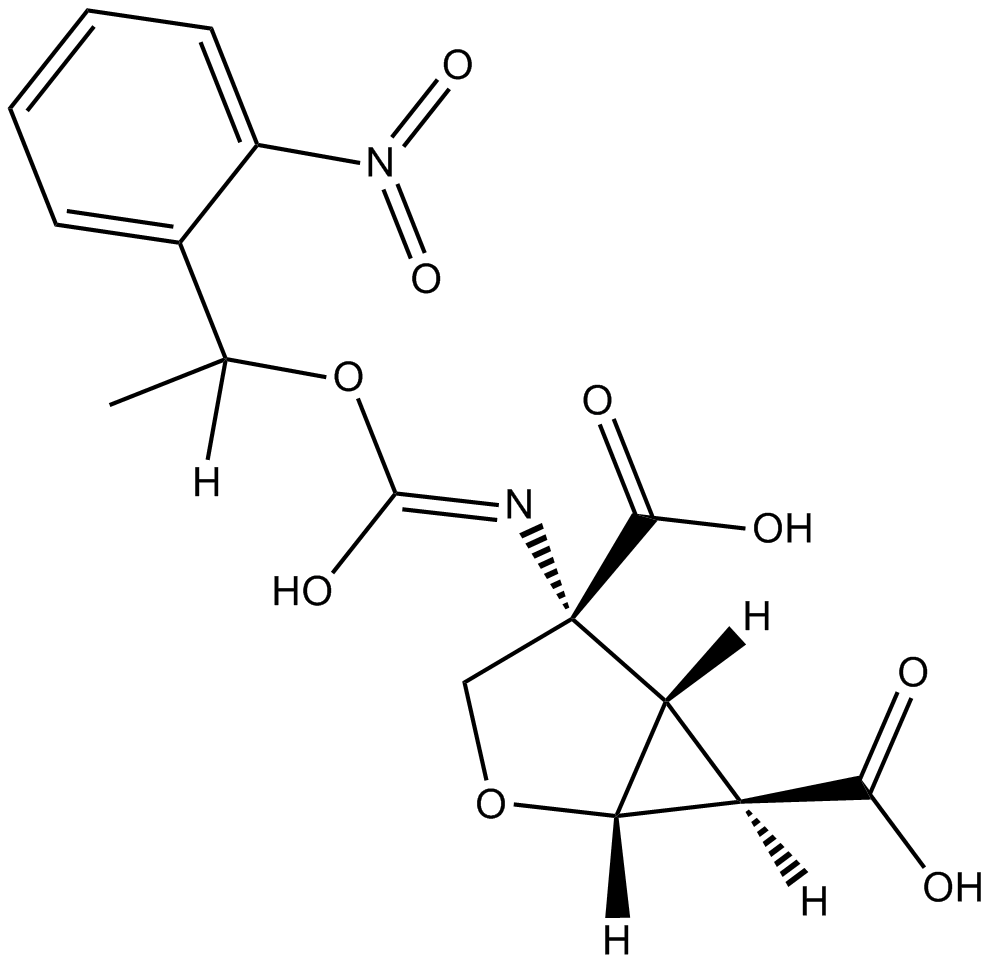 B7370 NPEC-caged-LY 379268Summary: group II mGlu receptor agonist
B7370 NPEC-caged-LY 379268Summary: group II mGlu receptor agonist -
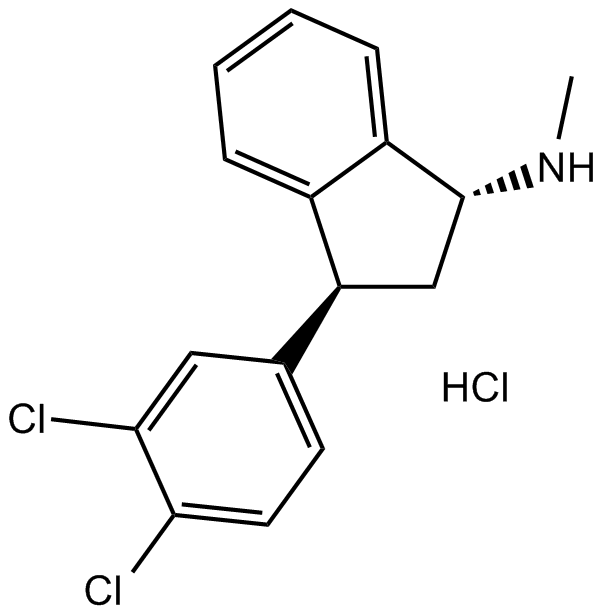 B6799 Indatraline hydrochlorideSummary: Inhibits transporters for 5-HT (SERT), dopamine (DAT) and noradrenalin (NET)
B6799 Indatraline hydrochlorideSummary: Inhibits transporters for 5-HT (SERT), dopamine (DAT) and noradrenalin (NET) -
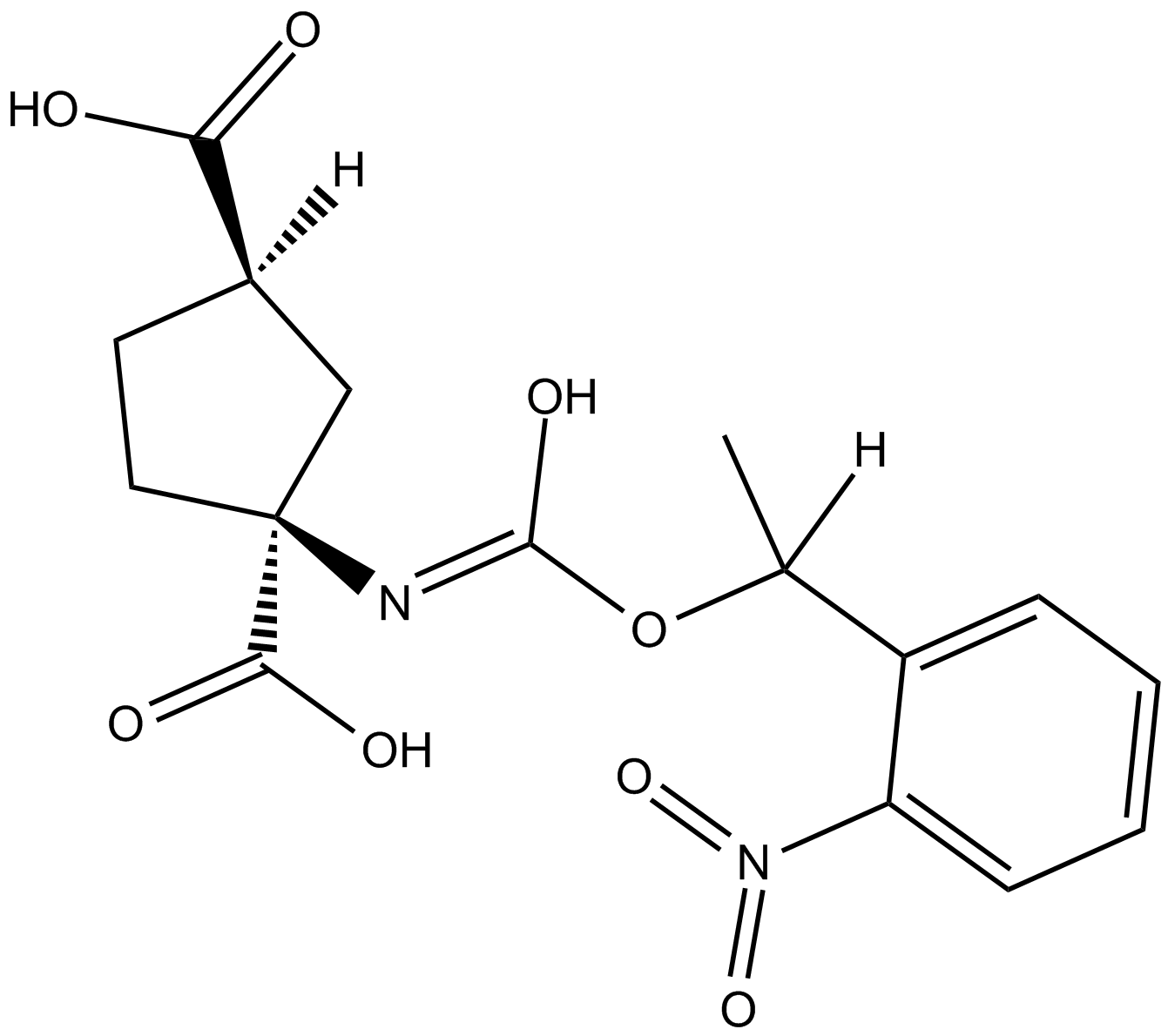 B7369 NPEC-caged-(1S,3R)-ACPDSummary: group I and II mGlu receptor agonist
B7369 NPEC-caged-(1S,3R)-ACPDSummary: group I and II mGlu receptor agonist -
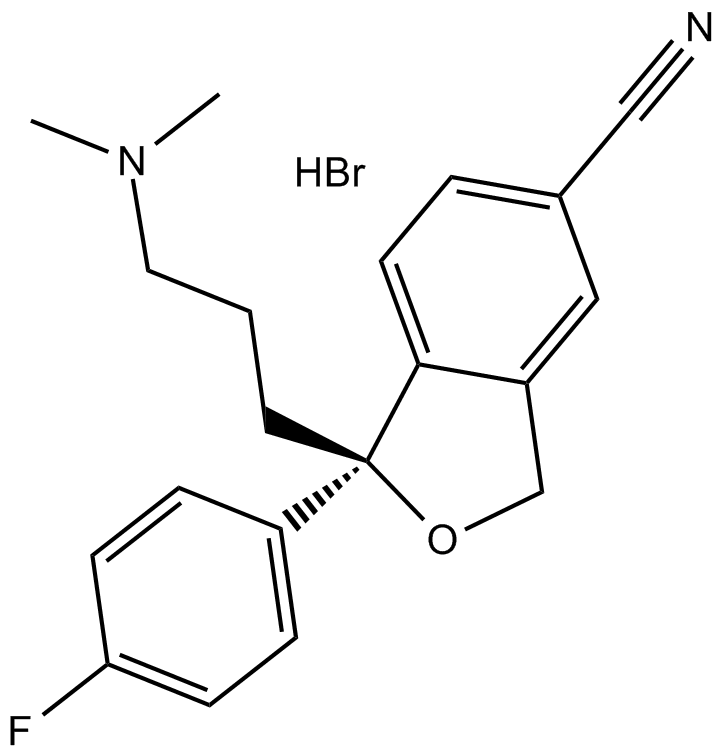 B6736 Citalopram hydrobromideSummary: 5-HT uptake inhibitor
B6736 Citalopram hydrobromideSummary: 5-HT uptake inhibitor -
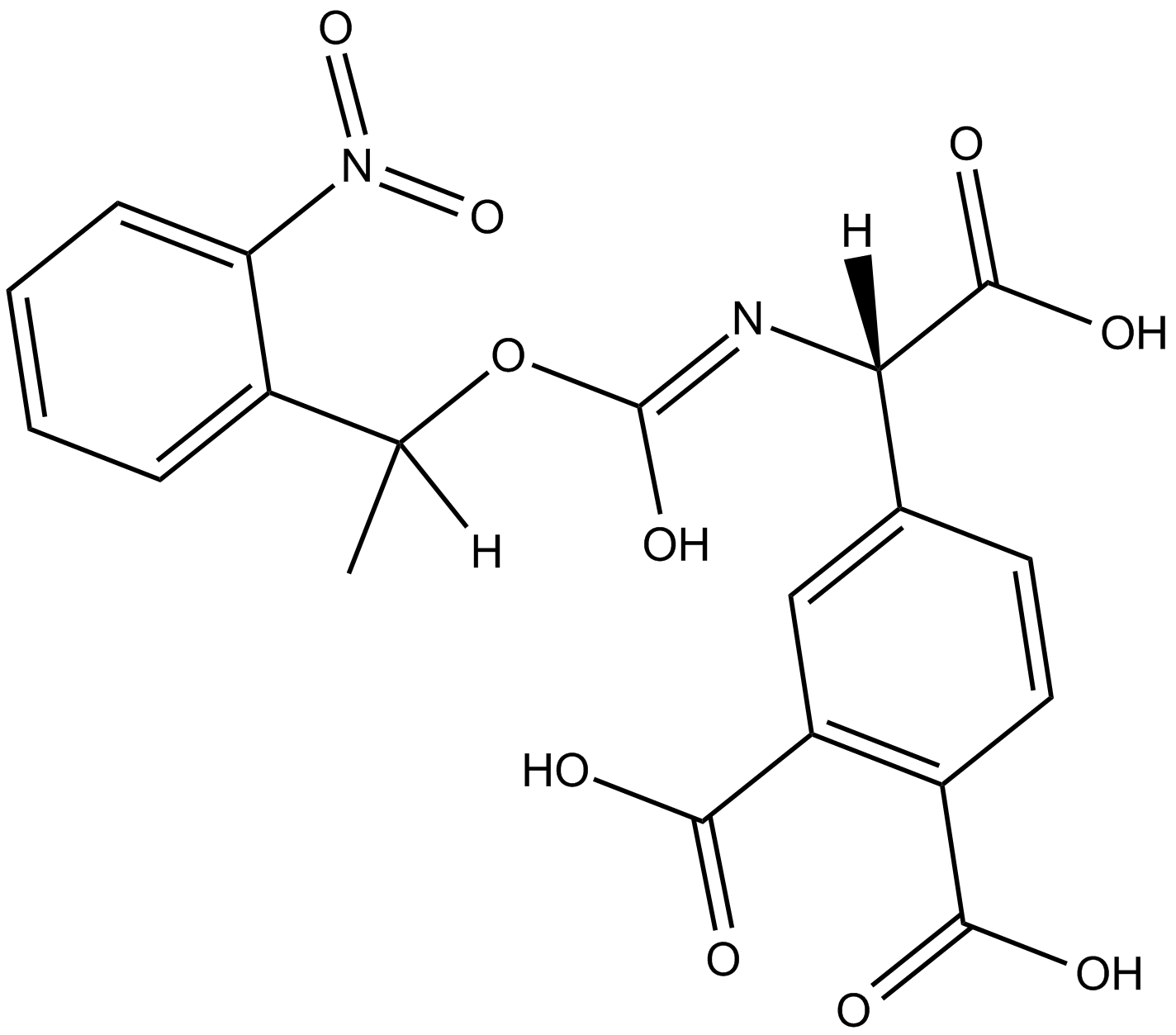 B7368 NPEC-caged-(S)-3,4-DCPGSummary: mGlu8a agonist
B7368 NPEC-caged-(S)-3,4-DCPGSummary: mGlu8a agonist -
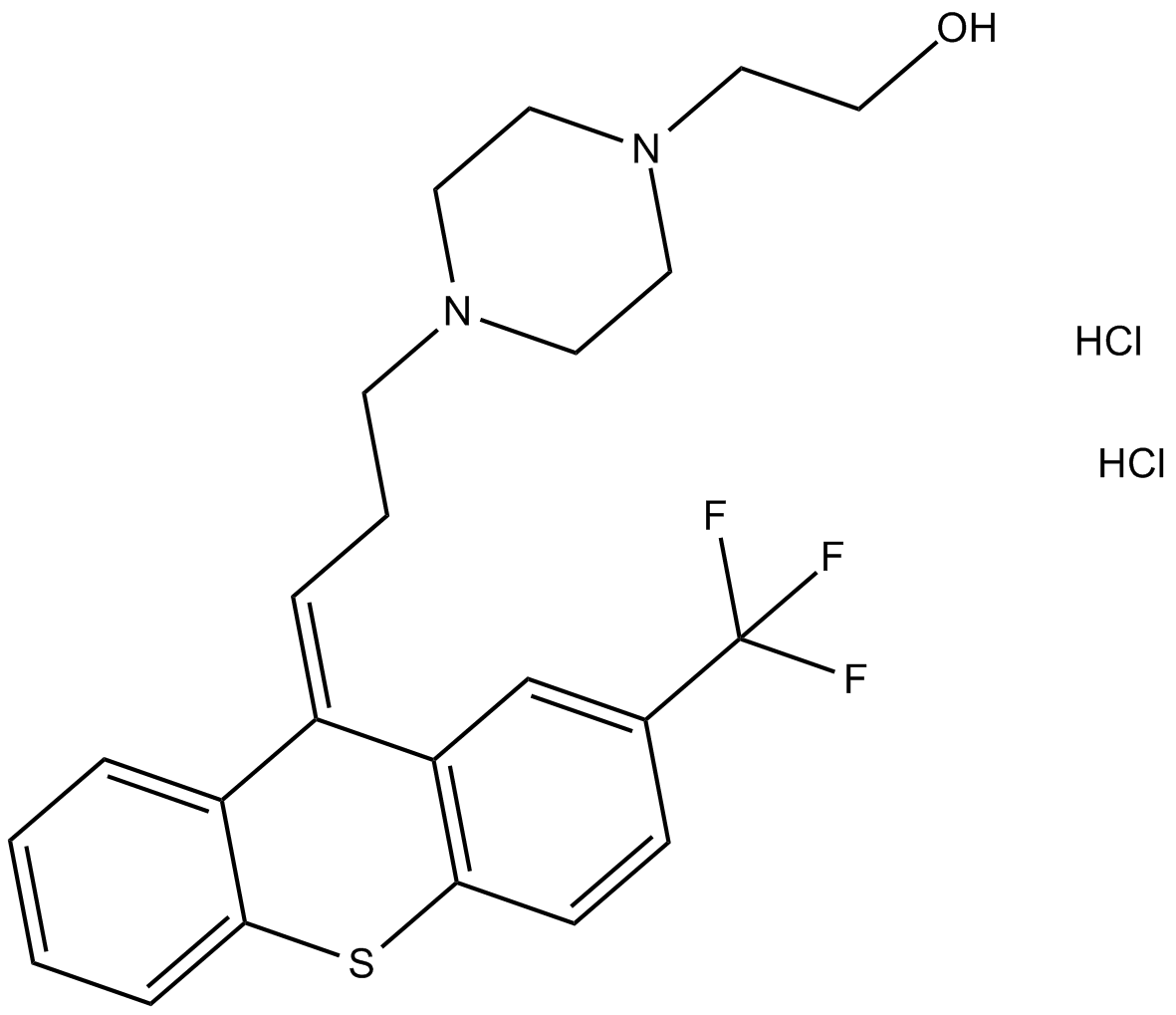 C5314 cis-Flupenthixol (hydrochloride)Summary: antagonist at dopamine D2 receptors
C5314 cis-Flupenthixol (hydrochloride)Summary: antagonist at dopamine D2 receptors -
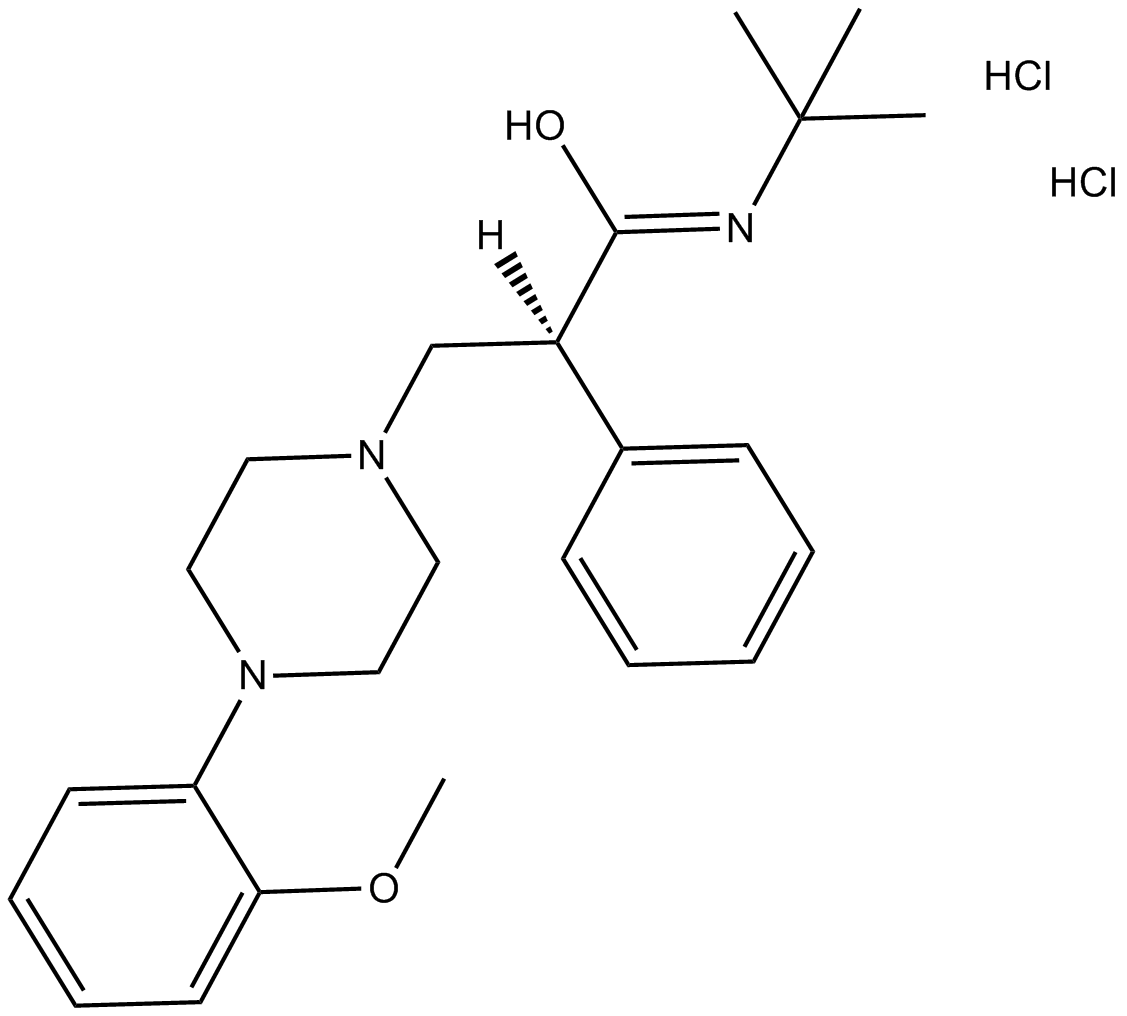 B6659 (S)-WAY 100135 dihydrochlorideSummary: 5-HT1A receptor antagonist,potent and selective
B6659 (S)-WAY 100135 dihydrochlorideSummary: 5-HT1A receptor antagonist,potent and selective -
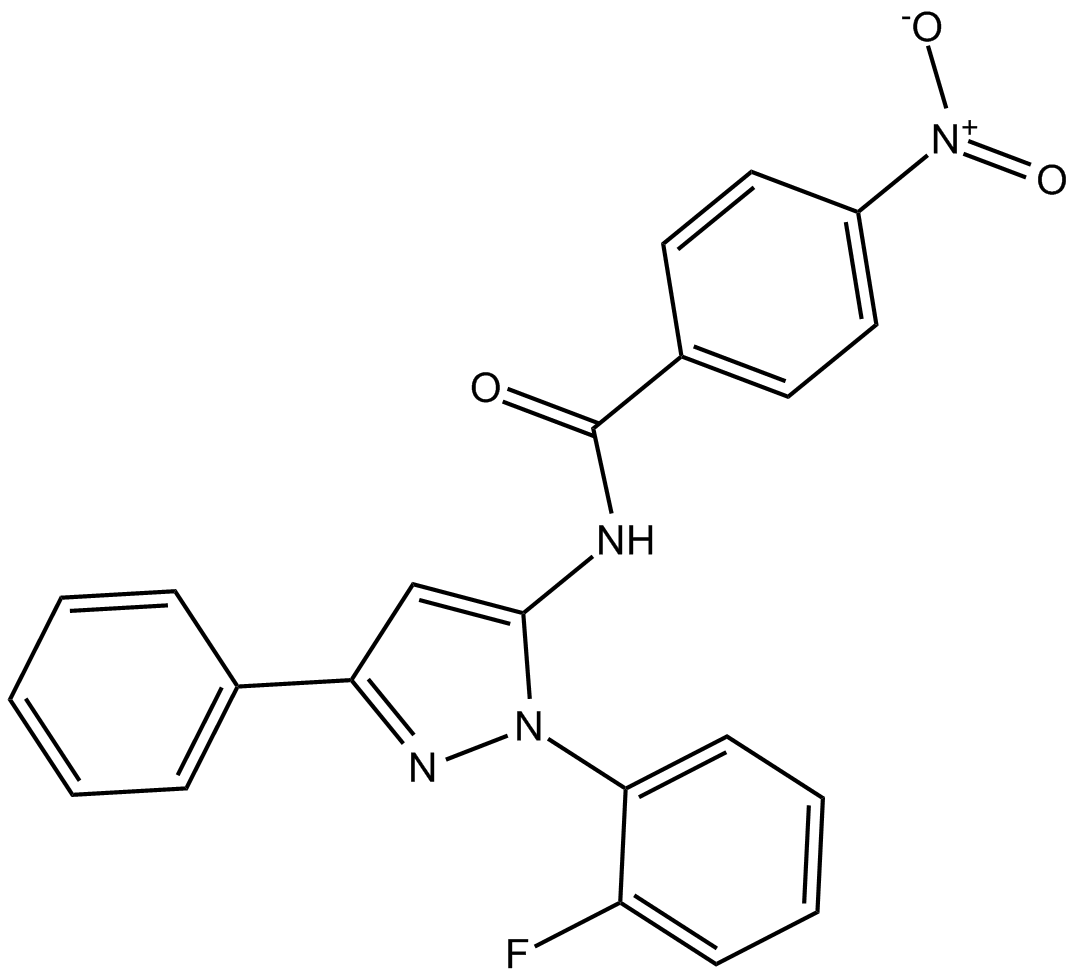 B7365 VU 1545Summary: mGlu5 positive allosteric modulator
B7365 VU 1545Summary: mGlu5 positive allosteric modulator -
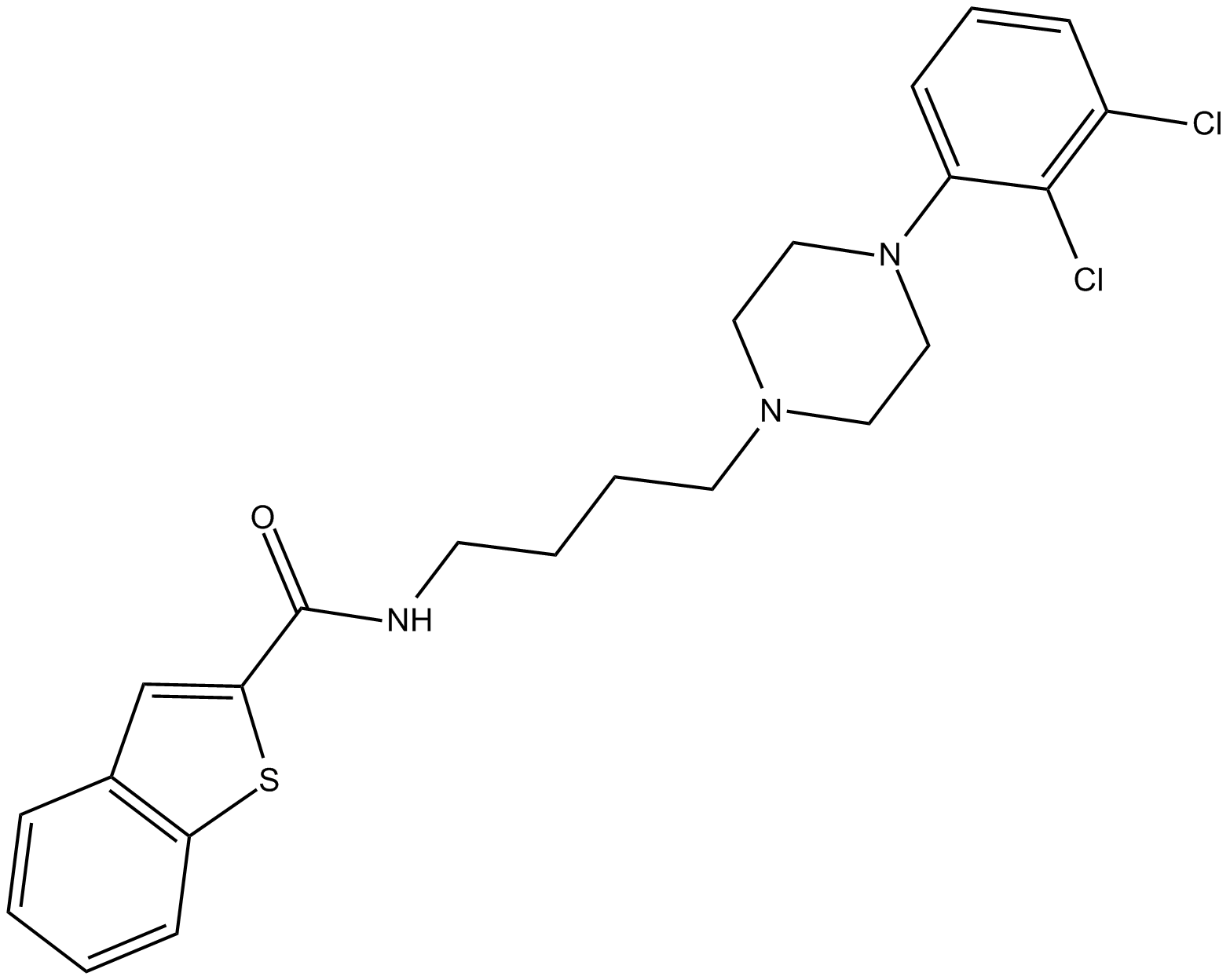 C4494 FAUC-365Summary: D3 dopamine receptor agonist
C4494 FAUC-365Summary: D3 dopamine receptor agonist -
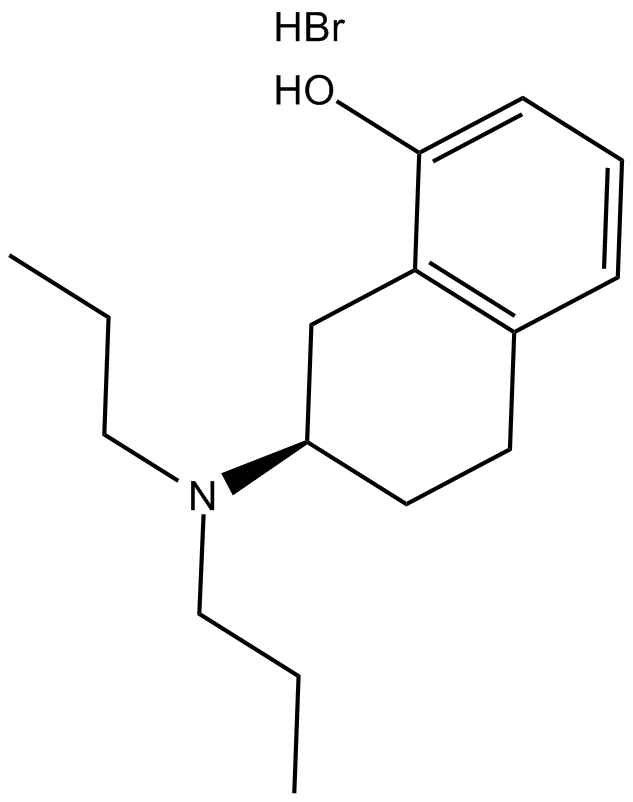 B6588 (R)-(+)-8-Hydroxy-DPAT hydrobromideSummary: 5-HT1A serotonin receptor agonist
B6588 (R)-(+)-8-Hydroxy-DPAT hydrobromideSummary: 5-HT1A serotonin receptor agonist

